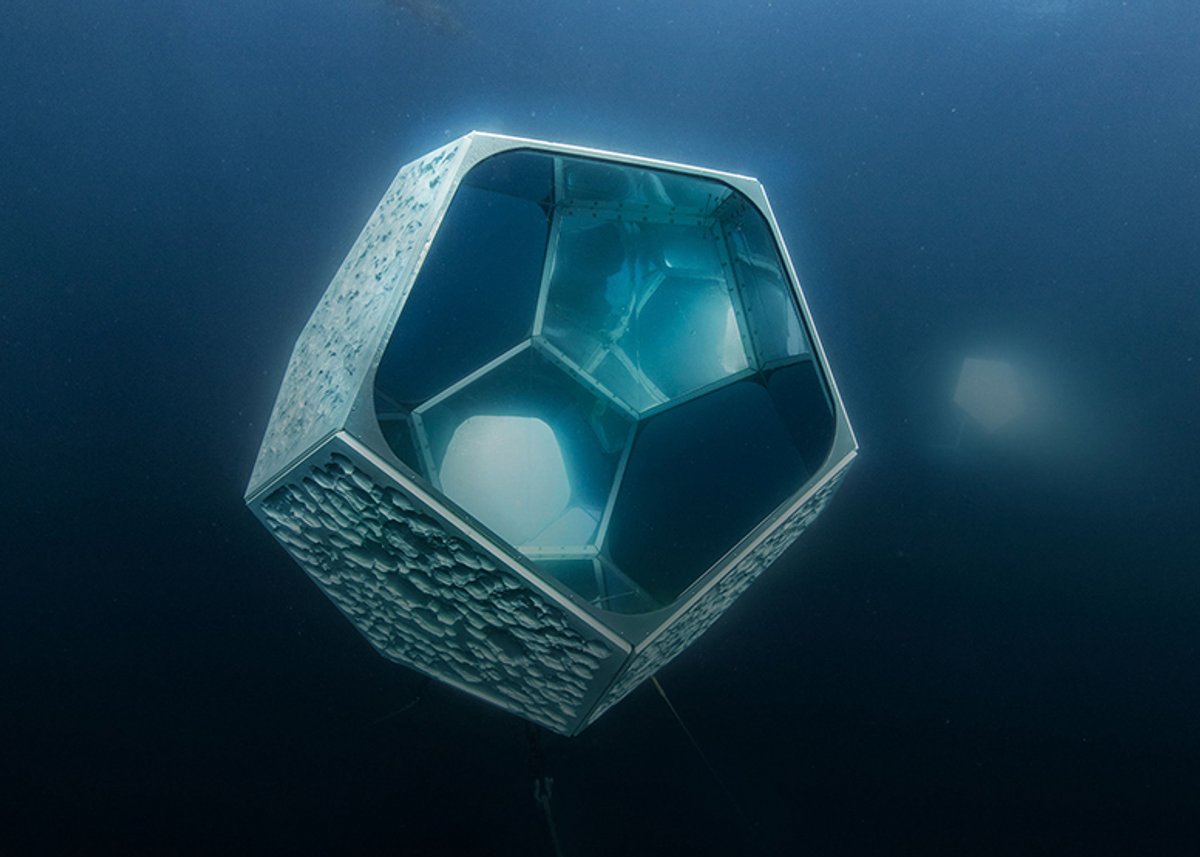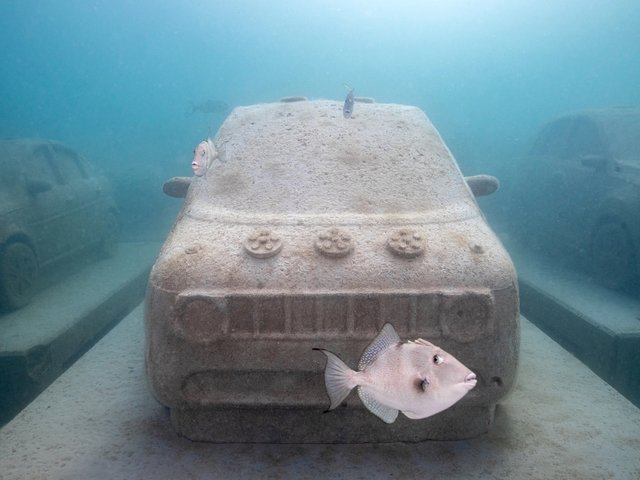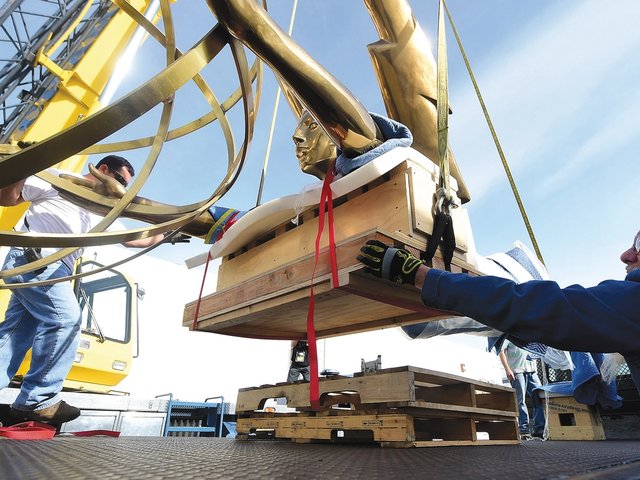The American artist Doug Aitken is creating a trio of underwater sculptures that will be moored to the ocean floor off the coast of St Barts. Commissioned by Parley for the Oceans, an environmental group that aims to raise awareness about ocean health, Ocean Lens’s geometric, reflective sculptures were original due to be unveiled in December but have since been postponed indefinitely.
“The oceans play a massive role in slowing climate change, but we are destroying them,” says Cyrill Gutsch, Parley for the Oceans’ cofounder. “The science is unequivocal and we are reaching irreversible tipping points.”
Floating underneath the water’s surface for months, Aitken’s pavilion-like works will create a kaleidoscope of geometric abstractions with their reflective materials. The hollow sculptures can be swum through and will be open to the public. A previous iteration of the project, Underwater Pavilions, was installed off the California coast in 2016.
The sculptures’ surfaces will be made with rough, rock-like materials sourced in consultation with oceanographers, marine biologists and ocean preservationists, and designed to support marine growth. As the climate and tides change, so will the visible growth.
“I hope this work can be mysterious and provocative, yet also contribute to how art can have a wider set of meanings and place within our spectrum of culture,” Aitken says. “I hope it opens a dialogue that explores the living landscape around us and reminds us of our planet’s strength and fragility.”






